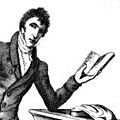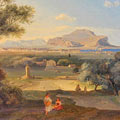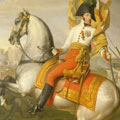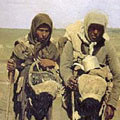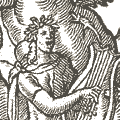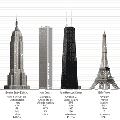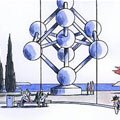Boris Groys : Art Power (2008)
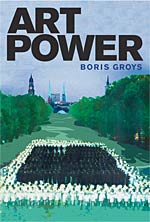 Art has its own power in the world, and is as much a force in the power play of global politics today as it once was in the arena of cold war politics. Art, argues distinguished theoretician Boris Groys, is hardly a powerless commodity subject to the art market’s fiats of inclusion and exclusion. In Art Power, Groys examines modern and contemporary art according to its ideological function. Art, Groys writes, is produced and brought before the public in two ways a commodity and as a tool of political propaganda. In the contemporary art scene, very little attention is paid to the latter function; the official and unofficial art of the former Soviet Union and other former Socialist states, for example, is largely excluded from the field of institutionally recognized art, usually on moral grounds (although, Groys points out, criticism of the morality of the market never leads to calls for a similar exclusion of art produced under market conditions).
Art has its own power in the world, and is as much a force in the power play of global politics today as it once was in the arena of cold war politics. Art, argues distinguished theoretician Boris Groys, is hardly a powerless commodity subject to the art market’s fiats of inclusion and exclusion. In Art Power, Groys examines modern and contemporary art according to its ideological function. Art, Groys writes, is produced and brought before the public in two ways a commodity and as a tool of political propaganda. In the contemporary art scene, very little attention is paid to the latter function; the official and unofficial art of the former Soviet Union and other former Socialist states, for example, is largely excluded from the field of institutionally recognized art, usually on moral grounds (although, Groys points out, criticism of the morality of the market never leads to calls for a similar exclusion of art produced under market conditions).Bron: mitpress.mit.edu
Waardeoordelen en selectiecriteria binnen de kunstwereld zeggen meer over de heersende sociale opvattingen en machtsstructuren dan over de kunst an sich.
Bert Herps (Filosofie Scheurkalender)
“The notion of art,“ Boris Groys writes near the start of Art Power, “is today almost synonymous with the notion of the art market.“ In less dexterous hands, this argument could swiftly slip into hollow polemic. But Groys continues with something surprising: “to perceive the critique of commodification as the main or even unique goal of contemporary art is just to reaffirm the total power of the art market – even if this reaffirmation takes a form of critique.“
Bron: artmargins.com
Bron: artmargins.com

